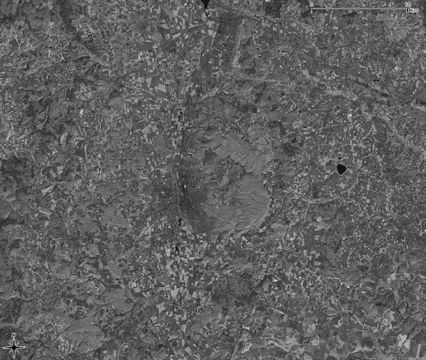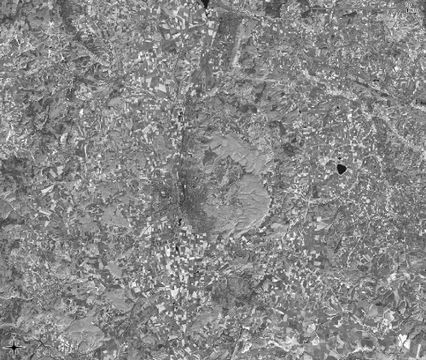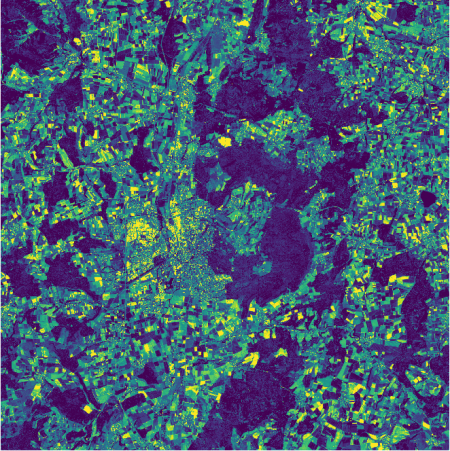Changing Raster Layer Style
(→Render Type: Multiband color) |
|||
| Line 8: | Line 8: | ||
#* Standard false color (RGB=4,3,2) makes healthy vegetation generally appear red. | #* Standard false color (RGB=4,3,2) makes healthy vegetation generally appear red. | ||
#* False color (RGB=5,4,3 or 4,5,3) tends to distinguish different landcover material. | #* False color (RGB=5,4,3 or 4,5,3) tends to distinguish different landcover material. | ||
| − | |||
| − | |||
| − | |||
| − | |||
| − | |||
| − | |||
| − | |||
| + | #* For color composites the image may be enhanced by selecting {{button|text=Stretch to MinMax}} from the {{button|text=Contrast enhancement}} menu and selecting the {{button|text=Mean +/- standard deviation x}} radio button. After adjusting the standard deviation factor (a value between 1 and 2), click {{button|text=Load}} and confirm with {{button|text=Apply}} or {{button|text=OK}}. | ||
==Render Type: Singleband gray== | ==Render Type: Singleband gray== | ||
Revision as of 21:22, 22 October 2017
The raster layer propertiers differ from the vector layer properties, due to the significant differences of the data. You can open this dialog by double-clicking a raster layer in the TOC or right-clicking on the layer in the TOC and choosing Properties.
Contents |
Render Type: Multiband color
- True color (RGB=3,2,1) simulates the natural color.
- Standard false color (RGB=4,3,2) makes healthy vegetation generally appear red.
- False color (RGB=5,4,3 or 4,5,3) tends to distinguish different landcover material.
- For color composites the image may be enhanced by selecting Stretch to MinMax from the Contrast enhancement menu and selecting the Mean +/- standard deviation x radio button. After adjusting the standard deviation factor (a value between 1 and 2), click Load and confirm with Apply or OK.
Render Type: Singleband gray
- A grayscale image is an image with a pixel depth of 8 bit, which means that eight bits are used to represent a single pixel. In QGIS we have the possibility to display raster maps in grayscale via the raster layer properties. See also “Grayscale” on Wikipedia
It makes sense to display a map in greyscale if only one band is available. By default, the scale is calculated by QGIS based on the map itself. Common satellite bands have a data range from 0 to 255.
- When displayed in grayscale, 0 is interpreted as black and 255 as white.
In QGIS we can also use the standard deviation of the raster pixels to calculate the scale. In connection with contrast enhancement (the option “Stretch to MinMax” does a good job) this can give a better result, as the scale is not affected by extreme pixel values.
Render Type: Singleband pseudocolor
- Pseudocolor is not to be mistaken for false color, the latter one being a composite of three bands. See also: Pseudocolor in Wikipedia
Pseudocolor is a way to display a raster map in which the color scale is derived from a single grayscale band. It can be a good alternative to grayscale if it comes to display metric data like elevation or temperature.
To change map color and symbology, again select the layer in the TOC with a right click and select Properties --> Style. From the pulldown menu Render type, select Singleband pseudocolor. A different menu will come up, where you may select the style of the color map in the section Generate new color map. Click classify and confirm with Apply or OK. The map should now appear in the selected style (figure C).


